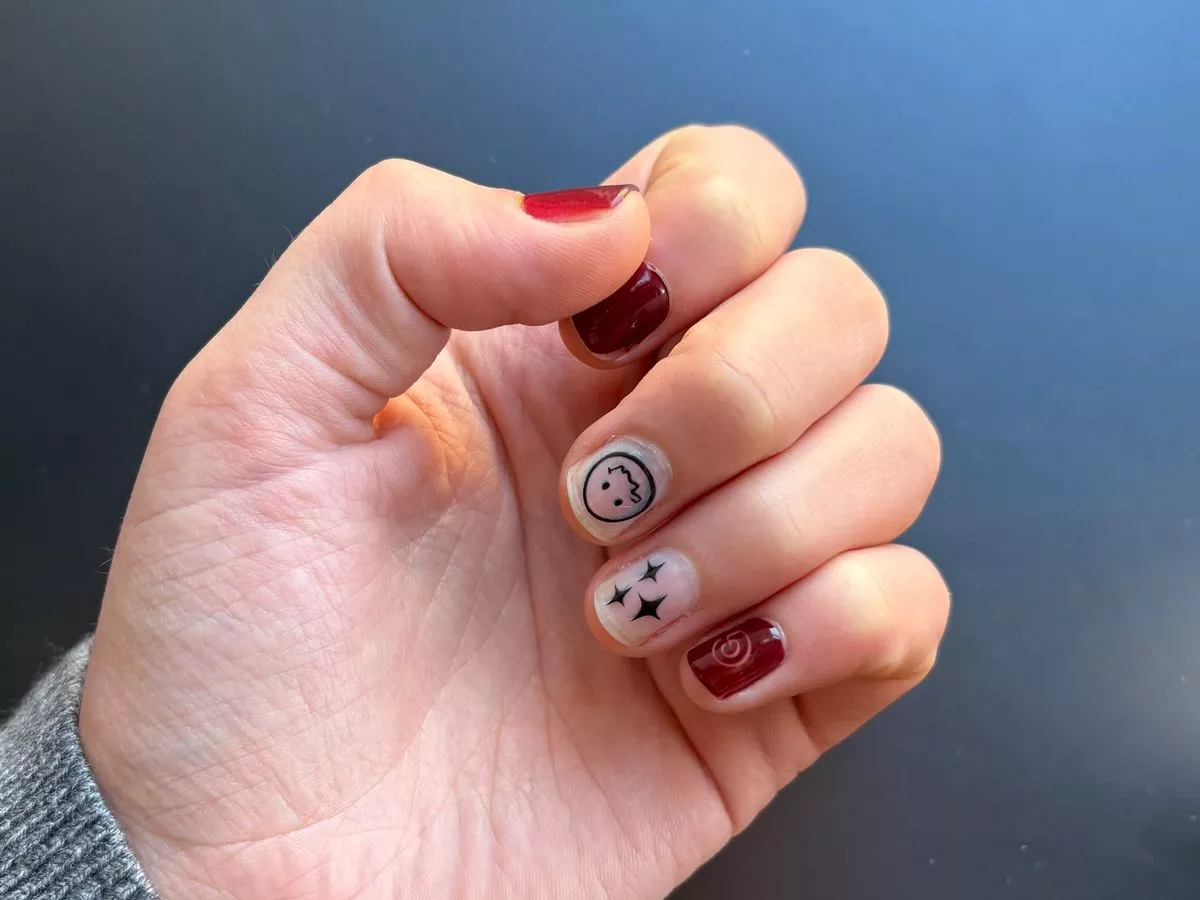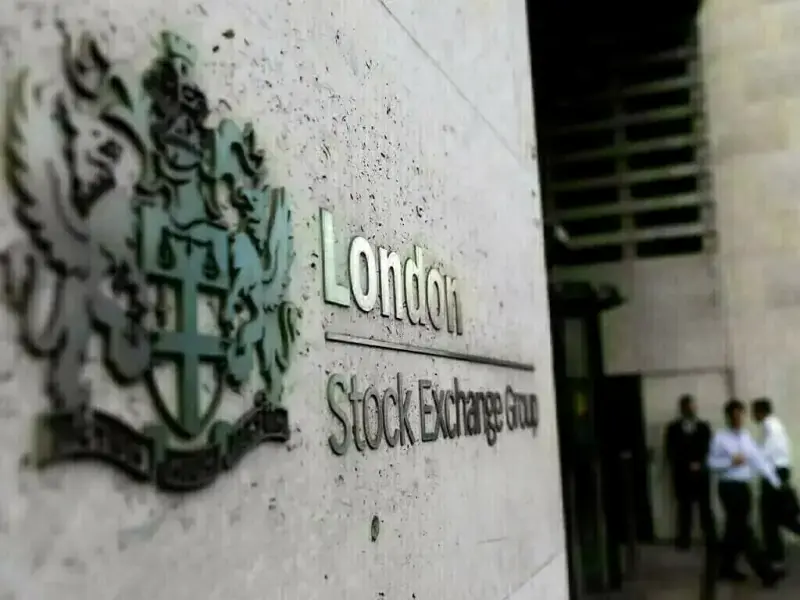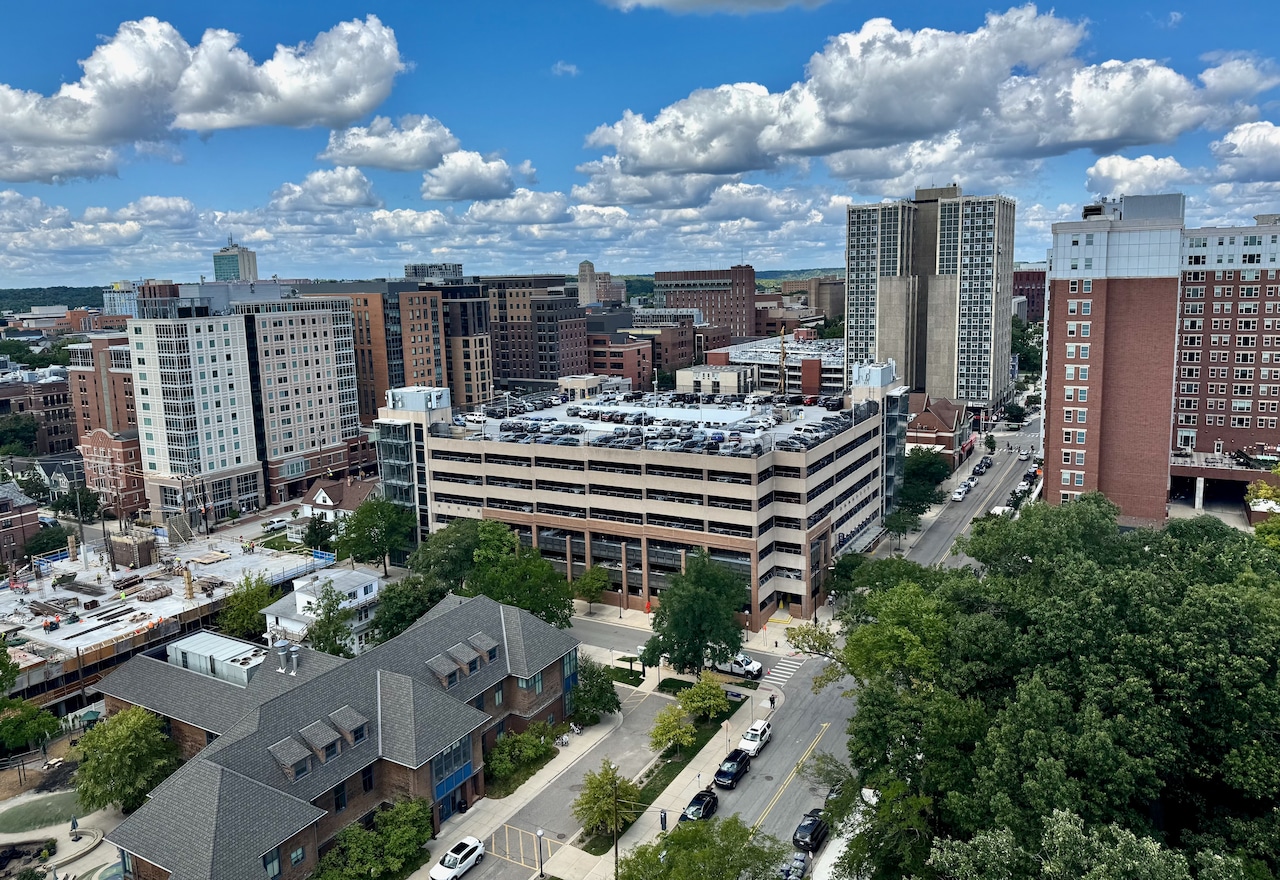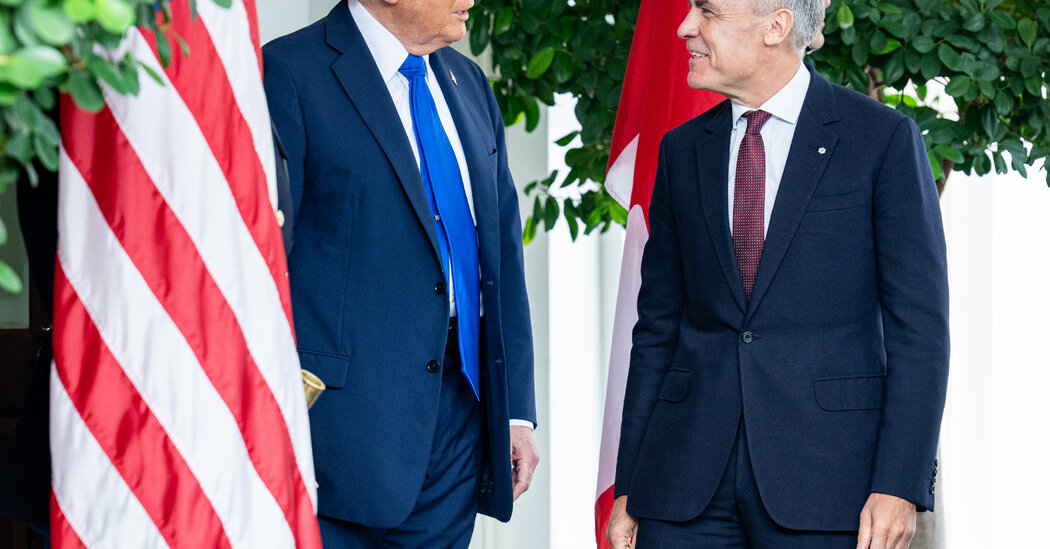Copyright ok

Artificial intelligence has written novels, driven cars, and painted portraits. So, perhaps it was only a matter of time before it started doing nails. That’s the idea behind Umia, billed as the world’s first 'AI manicure machine' . At first glance, it looks more like a dystopian espresso maker than a beauty device : a matte white box small enough to sit on a desk, with a neat slot for a single finger. The process, I’m told, takes exactly 100 seconds per nail, regardless of whether you choose a plain colour or an intricate design. Still, the claim of an 'AI manicure' had me sceptical. Was this really artificial intelligence, or just an advanced printer with a clever marketing twist? When I arrived, I was greeted by Umia’s representative, Audrey Dong, who explained that the device offers only the painting element of a manicure – not the filing, shaping or cuticle care that nail technicians perform. "It’s a gel manicure," said Dong. "So, it will last around 10 to 14 days. You place your finger inside and the machine’s camera scans your nail to understand its size, curvature and location – we call it your 'nail DNA'. "Then it applies three coats – base, colour and top – and cures them as it goes. When your hand comes out, it’s shiny and dry." Sure enough, as the machine whirred to life, I slipped my finger into the box and a small camera flashed. A thin mist of polish was sprayed across my nail in layers so fine I couldn’t feel a thing. The only sensation came from the soft warmth of the UV light that cured the gel, which wasn’t uncomfortable – in fact, it hardly felt like it was doing anything. True to its word, each nail took 100 seconds. That included the scanning, painting and curing. By the time I’d finished all ten, I had a full gel manicure in under 20 minutes. The finish was glossy and surprisingly resilient – though not flawless. Some of the more intricate designs were a little blurred around the edges, and on a couple of nails the polish missed slightly, leaving a fine mist on my skin. But overall, it was neat, hardy, and certainly better than I’d expected from a machine with no hands or eyes. That said, it’s not about to replace your local nail bar. Umia doesn’t handle any of the preparatory steps and you need to arrive with clean, prepped nails. "We’re not replacing technicians," Dong said. "We’re offering something faster and more accessible." Dong sees the future of Umia machines not in nail salons but in everyday places such as hair salons, coffee shops, spas and even airports. She added: "Because it only takes about 20 minutes for a full hand, you could use it while you wait for your coffee or your flight. It’ll also cost significantly less than a regular manicure – probably less than half the price." But the question of whether this was really 'AI' or just a high-tech printer still stood. For that, I spoke with Modi Liu, Umia’s co-founder, who was quick to clarify that the machine doesn’t use the kind of large language models that power systems like ChatGPT or Gemini. "There’s no language processing or text-based AI," Liu explained, "What we use is a convolutional neural network (CNN)-based deep learning model, built on more than 120,000 nail data points." This AI model, Liu said, allows Umia to recognise each nail’s width, length, curvature and contours, and to distinguish between nail, cuticle and skin. "Every nail is unique," she added. "The AI ensures the design fits perfectly to your shape. That’s what makes it intelligent rather than just mechanical." The system also features what Umia calls an 'Adaptive Optimisation Algorithm', meaning it learns from each manicure it performs. After every session, it collects feedback data – things like delivery accuracy and design alignment – and uses that information to improve future results. In theory, each coat it paints brings it one step closer to perfection. Looking ahead, Liu said Umia’s forthcoming app will introduce Reinforcement Learning – a branch of AI that allows the system to learn from user behaviour and preferences. She continued: "Over time, it will recommend designs based on what you like – colours, patterns, styles. Every interaction helps it learn more about your taste." Fittingly, Umia is making its UK debut during British Beauty Week (October 18-26). It’s running a city-wide AI nail art scavenger hunt with clues shared on social media and hidden venues revealed through its new app. It’s an interesting nod to the growing overlap between technology and beauty – and a reminder that AI isn’t just reshaping how we work but how we care for ourselves. It’s a fascinating piece of technology and undeniably fun to watch in action. There’s something oddly mesmerising about seeing a machine delicately spray your nails with precision in near silence. While the results aren’t perfect, they are more than passable for a quick, low-effort manicure. But for now, it remains more of a novelty than a replacement. A salon visit still offers the care, precision and artistry that machines haven’t quite mastered – not to mention the human connection. Where Umia succeeds is in its potential: a portable, chemical-safe, quick-drying manicure that could fit neatly into the rhythm of modern life – something to do while you’re buying time in an airport, hair salon or cafe. Although I remain sceptical about calling gel nail application 'artificial intelligence', it offers an interesting peek into the future of beauty technology.



